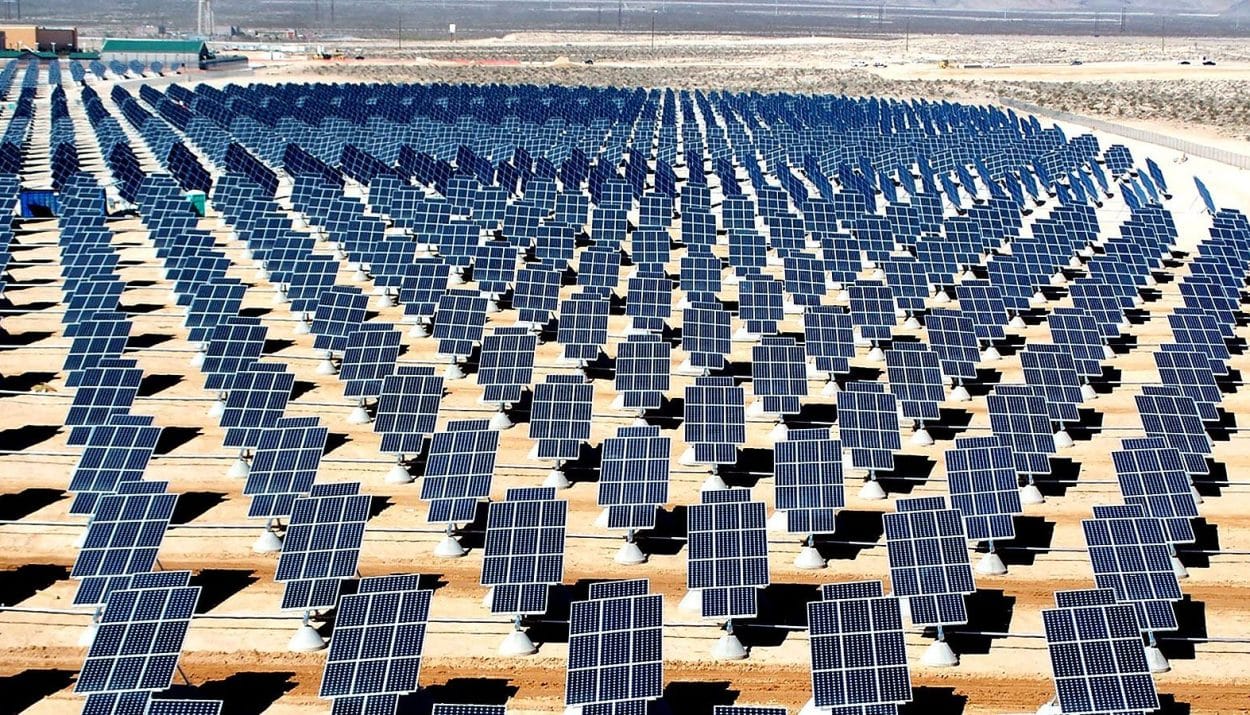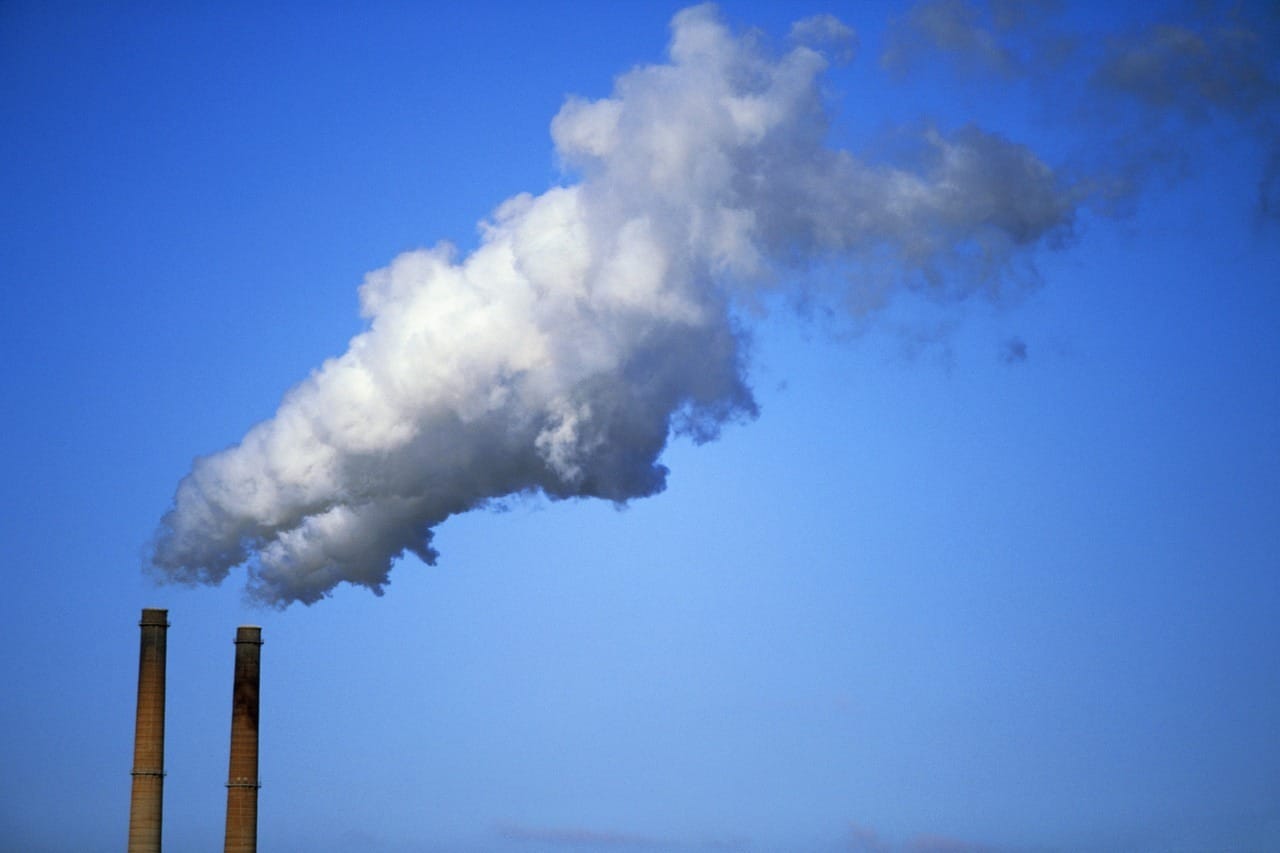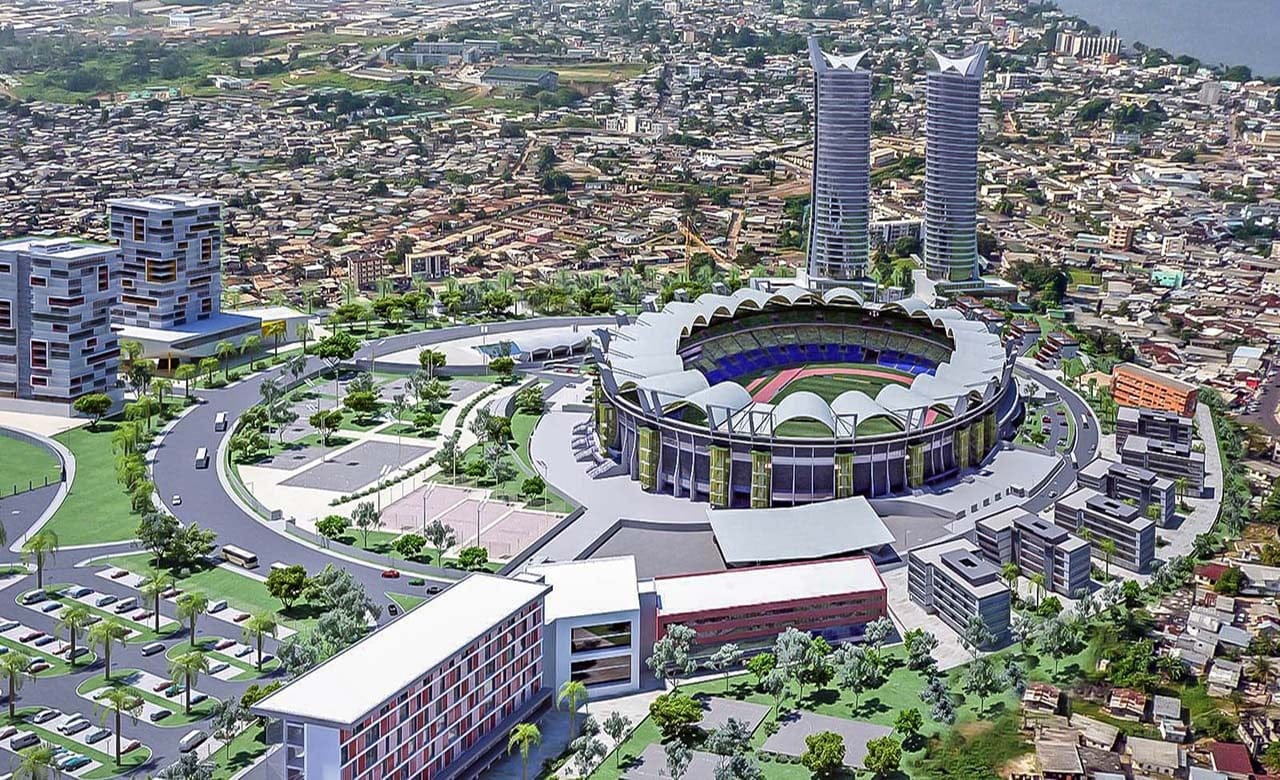Burkinabe authorities have just inaugurated two photovoltaic solar power plants, thereby increasing the installed solar capacity by 31.37%.
The two solar power plants, located in Kodéni in the city of Bobo-Dioulasso, in the Hauts-Bassins region, and in Pâ, in the Boucle du Mouhoun region, have capacities of 38 MWc and 30 MWc, respectively.
The commissioning of these two installations strengthens the electricity supply in the country, as they will inject a total of 127.15 GWh per year into the national interconnected electrical grid.
According to IRENA, the International Renewable Energy Agency, the total installed capacity for electricity production in the country was 437 MW in 2020, with 339 MW coming from hydrocarbon sources. In 2021, 19% of the population had access to electricity.
The World Bank has approved today $75 million from the International Development Association (IDA) and $93 million from the Clean Technology Fund through the Sustainable Renewables Risk Mitigation Initiative (SRMI) program to improve access to electricity in rural areas of Burkina Faso and support the country in its energy transition.
This new project aligns with our strategy for the Sahel, aiming to double the access rate to electricity by 2025, especially in rural areas, and create conditions for more private financing in the energy sector," explains Maimouna Mbow Fam, Operations Manager for the World Bank in Burkina Faso. "The project supports the government's energy policy, which has been seeking to promote energy production through hybrid systems and, in particular, solar energy for several years.
The source of the article is l'observateur







